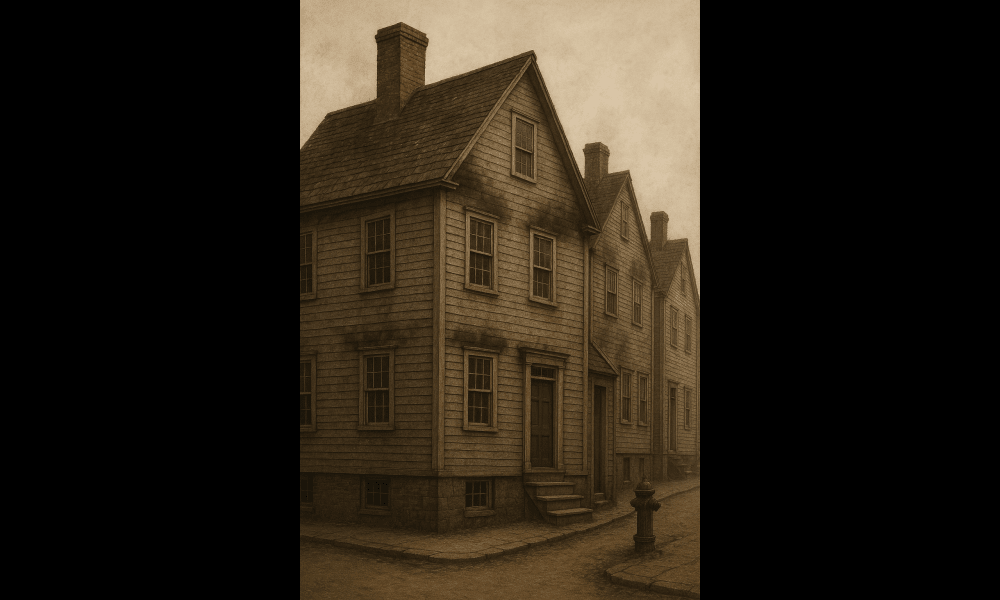The 1857 Bill for Better Regulations was a municipal proposal that emerged in the aftermath of the New Year's Day fire of 1857, a destructive blaze that laid bare many inadequacies in Halifax's fire protection system. It was a direct response to public criticism and internal frustration with the city's outdated firefighting regulations, insufficient resources, and the lack of coordinated authority during emergencies.
Context and Content of the 1857 Bill
Following the January 1st fire, where confusion and insufficient leadership hampered the firefighting effort, the City Council introduced a bill for better regulations, aiming to establish more structured governance over firefighting operations in Halifax. The bill included several key components:
-
Creation of a fire superintendent role, to serve as a central figure with authority during fires. This position would replace the ad hoc leadership of multiple captains and firewards, which had led to conflicting orders and general disorganization.
-
Improvements in response coordination among the existing fire companies. The lack of standardized procedures during fire incidents was a noted failure, and the bill sought to impose more rigorous command-and-control structures.
-
Clarification of authority in relation to building demolitions during fires. This aspect built upon long-standing provisions dating back to 1752 and 1762, where firewards could order buildings pulled down to stop the spread of fire. However, in practice, the 1857 incident showed that few firewards were present and the legal ambiguity made them hesitant to act.
-
Better regulation of the fire companies' equipment and its distribution across the city. Some engines were poorly maintained or strategically misplaced, limiting their effectiveness during fast-spreading fires.
Key Features of the Bill
-
The bill was designed to address the absence of authority at fire scenes, which had proven disastrous. The Union Engine Company minutes explicitly mention that no Firewards were present during the early stages of the January 1st fire, leaving captains and firefighters unsure who had the legal power to demolish buildings or command actions.
-
The proposed regulations aimed to centralize command during fires and empower on-scene officers, especially in situations when Firewards were absent or delayed.
-
It would also update procedures for:
-
Equipment deployment
-
Fire plug access
-
Coordination with the military, which had traditionally assisted during large fires but whose role had become ambiguous.
-
-
The bill was one of several legislative responses under consideration, as 1857 marked a period of public outcry and reform pressure. The press heavily criticized the city for allowing “a disjointed relic of the past” to remain as the primary means of fire protection.
-
Despite widespread support for reform, implementation was slow, and the city continued to struggle with coordination until after the Great Fire of 1859, which became another catalyst for change.
Public Reaction
The press and citizenry expressed widespread support for reform after witnessing the destructive power of the New Year’s Day fire. The British Colonist and Acadian Recorder newspapers criticized the existing arrangements and called for a more professionalized fire service. Citizens submitted petitions urging City Council to pass the proposed regulations swiftly.
Outcome
While records do not confirm immediate passage of the 1857 bill in full, the momentum it created paved the way for structural reforms. Within a few years, Halifax saw:
-
The formalization of volunteer companies under clearer city oversight (especially post-1861).
-
Greater investment in new fire engine houses and equipment.
-
The eventual establishment of a centralized Halifax Fire Department by 1896, marking the culmination of efforts like the 1857 bill.
In essence, the 1857 Bill for Better Regulations represented a critical turning point—a formal acknowledgment that Halifax's fire protection system, rooted in older volunteer traditions, needed to adapt to a growing urban center with increased fire risks.


